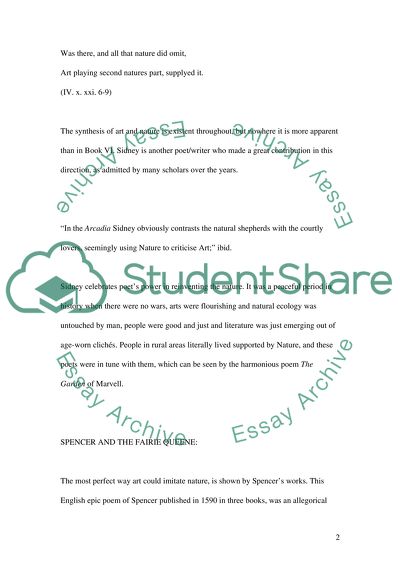Cite this document
(“English Renaissance Poetry Essay Example | Topics and Well Written Essays - 1500 words”, n.d.)
Retrieved from https://studentshare.org/history/1522363-english-renaissance-poetry
Retrieved from https://studentshare.org/history/1522363-english-renaissance-poetry
(English Renaissance Poetry Essay Example | Topics and Well Written Essays - 1500 Words)
https://studentshare.org/history/1522363-english-renaissance-poetry.
https://studentshare.org/history/1522363-english-renaissance-poetry.
“English Renaissance Poetry Essay Example | Topics and Well Written Essays - 1500 Words”, n.d. https://studentshare.org/history/1522363-english-renaissance-poetry.


